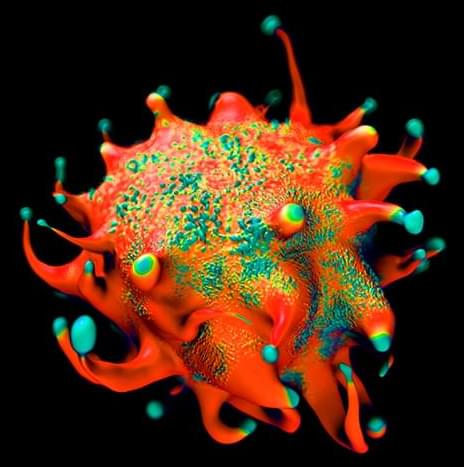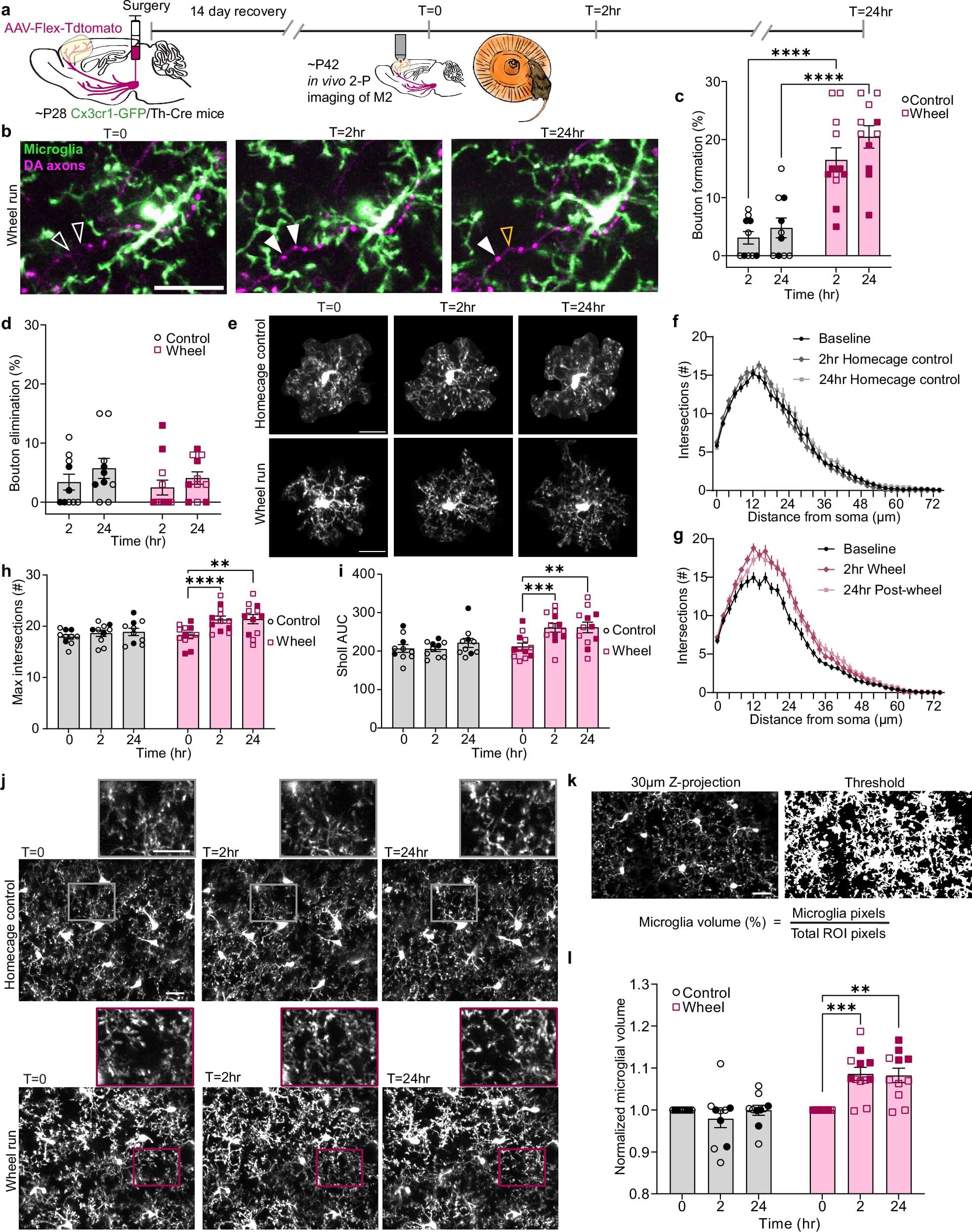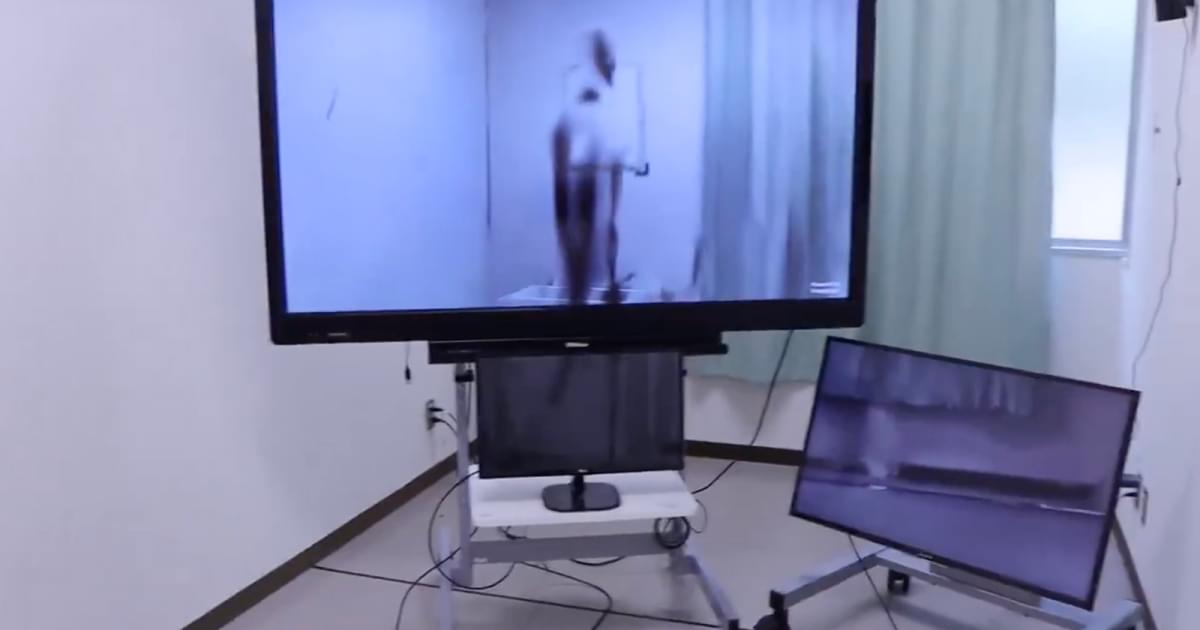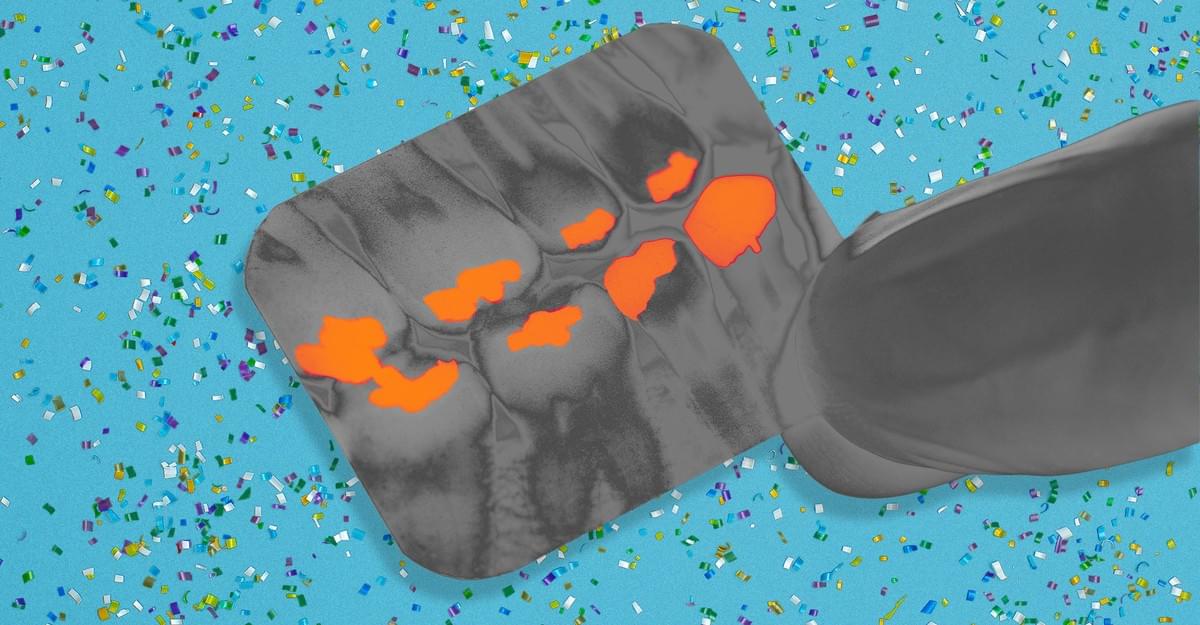This is a ~1 hour 25 minute talk and Q&A discussion at our Center by Etienne Guichard (https://scholar.google.com/citations?user=FWNXN98AAAAJ&hl=en) and Stefano Nichele (https://www.nichele.eu/), titled “A Neural Cellular Automaton Model of Memory Transfer, with application to the ARC-AGI dataset”. Their preprint is here: https://arxiv.org/abs/2504.
Get the latest international news and world events from around the world.

Wind isn’t the only threat: Scientists urge shift to more informed hurricane scale
Wind alone does not account for all hurricane-related fatalities. Storm surge and rainfall do as well. Yet the current warning system—the Saffir-Simpson Hurricane Wind Scale—measures a storm’s strength solely by wind speed.
A new research paper published in Nature Scientific Reports and co-authored by Jennifer Collins, a hurricane researcher and University of South Florida geosciences professor, argues that in order to keep people safe, it’s time for a change. The authors propose replacing the SSHWS with the Tropical Cyclone Severity Scale, which incorporates storm surge and rainfall in addition to wind.
“Frequently, people use the storm’s category to decide whether to evacuate,” Collins said. “That’s incredibly dangerous because if they hear it’s only a tropical storm or Category 1, too often no alarm bells go off, and they see no cause for concern.”

Mantle Cell Lymphoma Translocations Rewire Chromosome-Wide Gene Expression
Translocations are chromosomal “cut and paste” errors that drive many lymphomas, a type of blood cancer and the sixth most common form of cancer overall. This includes mantle cell lymphoma, a rare but aggressive subtype diagnosed in about one in every 100,000 people each year.
A study by researchers at the Centre for Genomic Regulation (CRG) in Barcelona, has shown a new way translocations promote cancer. The translocation most typically found in mantle cell lymphoma drags a powerful regulatory element into a new area of the human genome, where its new position allows it to boost the activity of not just one but 50 genes at once.
The discovery of this genome rewiring mechanism shows the traditional focus on the handful of genes at chromosomal breakpoints is too narrow. The study also greatly expands the list of potential drug targets for mantle cell lymphoma, for which there is no known cure.


Immune cells in the brain help shape adolescent neural circuits
Making a smoothie, going for an evening walk, or having empathy for a loved one are all examples of executive functions that are controlled by the brain’s frontal cortex. This area of the brain goes through profound change throughout adolescence, and it is during this time that abnormalities in maturing circuits can set the stage for neurodevelopmental disorders, such as schizophrenia and ADHD.
Researchers at the Del Monte Institute for Neuroscience at the University of Rochester have discovered that microglia, the brain’s immune cells, play a key role in how the brain adapts to the changes in this area during adolescence, which may transform how neurodevelopmental disorders are treated during this window and, possibly, into adulthood.
“A better understanding of the ways we can drive changes in these circuits offers new targets for disease treatment,” said Rianne Stowell, Ph.D., research assistant professor of Neuroscience at the University of Rochester Medical Center, and first author of the study out today in Nature Communications.





The Imbalance in Automobility Transformation
Legacy Auto’s Desperation vs. Tesla’s Dominance.
## Abstract.
In the accelerating automobility transformation, legacy automakers like Ford—grappling with $12 billion in EV losses since 2023, including $2.2 billion in H1 2025 and projections up to $5.5 billion for the year—desperately seek Tesla’s technological lifelines, yet Tesla has scant incentive to license its Full Self-Driving (FSD) system.
This report unveils the Darwinian imbalance: Tesla’s unassailable edge in 4.5 billion FSD miles (adding millions daily), propelling intelligent vehicles (IVs) to 10x safer than humans; poised to eliminate over 1 million annual global road deaths, 50 million injuries, and $4 trillion in economic damage annually.
Bolstered by vertical integration, unboxed manufacturing for sub-$30,000 Cybercabs at unprecedented rates, a 70,000+ connector Supercharger network, and robotaxi economics unlocking a $10 trillion market by 2029, Tesla dominates—hastening an 80% decline in private ownership by 2030 per Tony Seba, fostering shared fleets, urban digital twins, and integrated energy systems for sustainable communities worldwide.
Discover why legacy desperation fuels Tesla’s triumph in reshaping transportation.
[Get The Imbalance in Automobility Transformation White Paper](https://cdn.shopify.com/s/files/1/1295/2229/files/The_Imbala…756222023)